Scene and Structure: The Wave Technique
To keep readers engaged, build each scene toward a breaking point then reveal something new about the characters, their world, or the plot.


Today’s post is by regular contributor Susan DeFreitas, an award-winning author, editor, and book coach. On Wednesday, Feb. 12, she’s offering a free masterclass for fiction writers: Mastering the Art of Scene.
Often writers of fiction get no instruction whatsoever on how to construct a scene.
And personally, I think that’s ridiculous, because scenes are the places where we as readers most feel like we’re living the story. What would the Harry Potter books be without all that dialogue? What would The Hunger Games be like if Suzanne Collins had relied on summary rather than scene?
Boring, is what they’d be—even though they tell great stories.
But there’s more to it than just having your beloved imaginary people talk to each other on the page, in specific settings, with a little conflict thrown in for good measure.
In fact, there is one technique that will absolutely transform every scene you write, and make those scenes a lot more satisfying from the reader’s POV. Consistently using this technique will also have the effect of making your reader want to read on, because scenes like this feel surprising and dramatic.
That technique? Building toward a breaking point, then revealing something new about the characters, their world, or the plot.
Here’s how this wave structure breaks down.
1. The setup
What’s important for your reader to know in the scene to come?
I’m talking backstory, background info, world building, gossip about the other characters, whatever it is your reader needs to know in order to understand what’s about to go down in the scene to come. Whatever it is that would add richness, nuance, and depth to their understanding of the scene to come, find a way to work it into the narrative just before the POV character heads into the scene.
2. Scene begins
If you’re coming into scene from summary (“All week, Lizzie had been thinking about the callous way Erin had dumped Fritz”), make sure you transition clearly into scene (“And then, as she walked into the break room that day in search of her afternoon caffeine, there he was, frothing himself a cappuccino.”)
From there, make sure you establish the basics: What does this room look like? What’s the vibe? Who else is in the room? (Definitely don’t spring a new character on us halfway through the scene who was supposed to have just been lurking by the watercooler or something—unless that character is supposed to be concealing themselves on purpose.)
And what do the other characters/character involved in this scene look like?
Include dialogue or activity that makes it clear what the characters are doing here in this setting, thereby setting the scene.
3. The build
Without a lot of small talk or throat clearing, the main characters here should make it clear, based on what they’re saying and how they’re acting, what their agenda is in this situation.
If we go with the scenario suggested by my parentheticals above, maybe the POV character, Lizzie, really wants to let Fritz know that the way Erin dumped him was just terrible, and she’s sorry he’s had to go through all that (and maybe that Lizzie isn’t a big fan of Erin, BTW).
Here’s the point where many writers back down or back away. The Fritz character maybe acts a little furtive, and Lizzie doesn’t know why, so there’s a little tension there, but on the whole, things stay nice and surface level and polite.
Which is (you guessed it) boring!
These are cases where I encourage my clients (especially my conflict-averse clients) to push out the conflict—in this case, that might mean having Lizzie press the matter with Fritz, maybe even corner him by the espresso machine, even as it’s obvious to the reader that Fritz really doesn’t want to be having this conversation.
That’s a key part of this technique: Pushing the conflict to the point where something actually changes.
4. The break and the reveal
Finally, poor Fritz can’t take it anymore: He stops trying to get away from Lizzie, and, exasperated, he confesses that Erin didn’t dump him, he dumped HER.
Scenes that reach this point will strike your reader as powerful and well-crafted. But if it works for your particular scene and your particular story, you can take it one step further for even more dramatic effect (and even more narrative momentum).
5. The double reveal
Fritz reveals that he has, in fact, always had a thing for Lizzie. (And then, you know, maybe Erin comes in to find them snogging by the nondairy creamers.)
Many storytelling authorities (screenwriter Robert McKee among them) will tell you that the measure of whether a scene works or not is whether something has changed by the end of it.
What I’ve outlined above is not only a great way to achieve this, but to achieve that sense of change in a convincing way (by pushing out the conflict first).
By giving us the background info (the setup) before the scene, you give us a sense for what is either common knowledge in the world of the story or known to the POV character about the situation they’re headed into—and you remind us how they feel about it.
By establishing the setting of the scene and its characters in a clear way at the outset, you give us everything we need to fully visualize the scene, and to feel like we’re there ourselves with the characters as these various sources of conflict and tension bubble up.
By giving us the build (and staying with it long enough to create a sense that the conflict or tension has reached the point where “something has got to give”), you create a sense that the breaking point to come is not only fully convincing, but inevitable.
And by working in your reveal (or double reveal) at the breaking point, you deliver important story information in the most vivid and memorable way: via scene.
Even if you don’t adopt this structure for absolutely every scene you write, I’d encourage you to try it for any big revelation in your novel: a plot twist, a new story element, the news that a trusted ally has gone over to the other side, etc.
Now I’d love to hear from you. Have you heard of this sort of structure for scenes? Do you use it in yours? (And if not, what is the most useful technique you’ve found for creating vivid and memorable scenes?)
Note from Jane: On Wednesday, Feb. 12, Susan is offering a free masterclass for fiction writers: Mastering the Art of Scene.

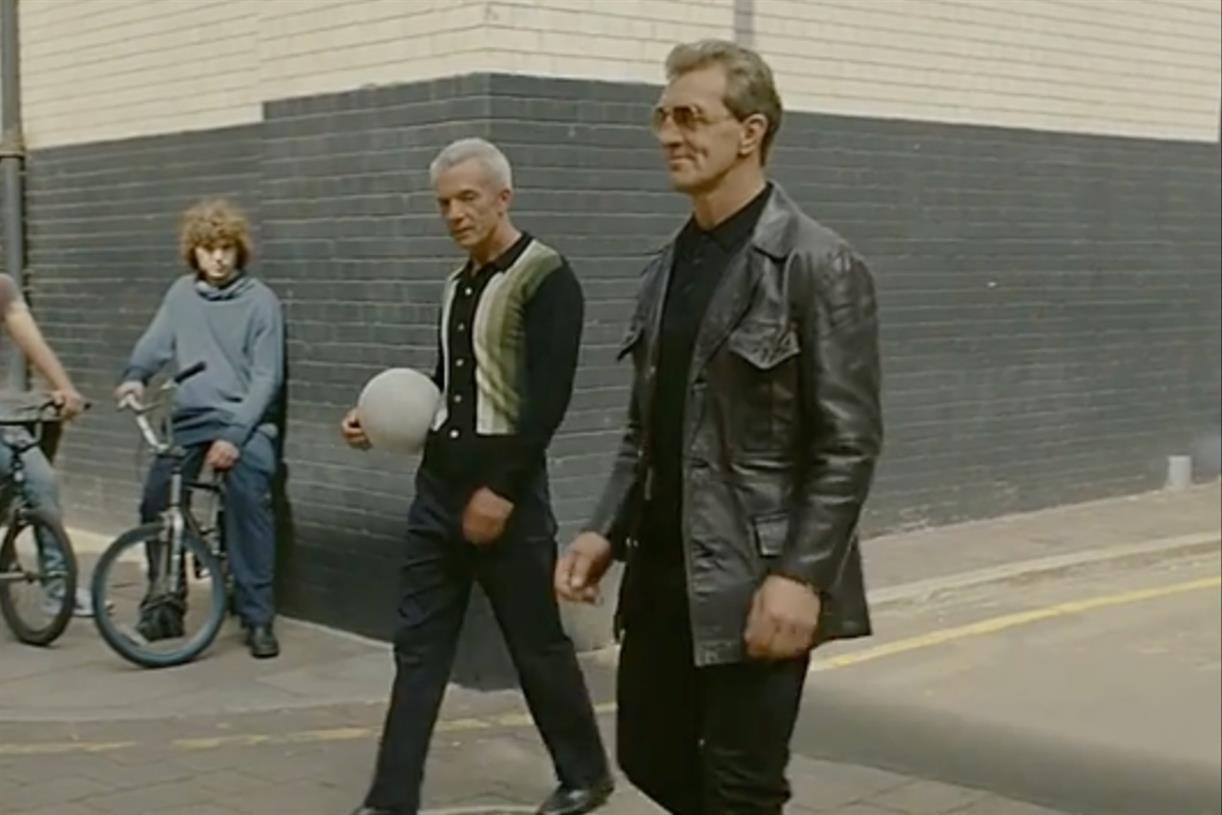













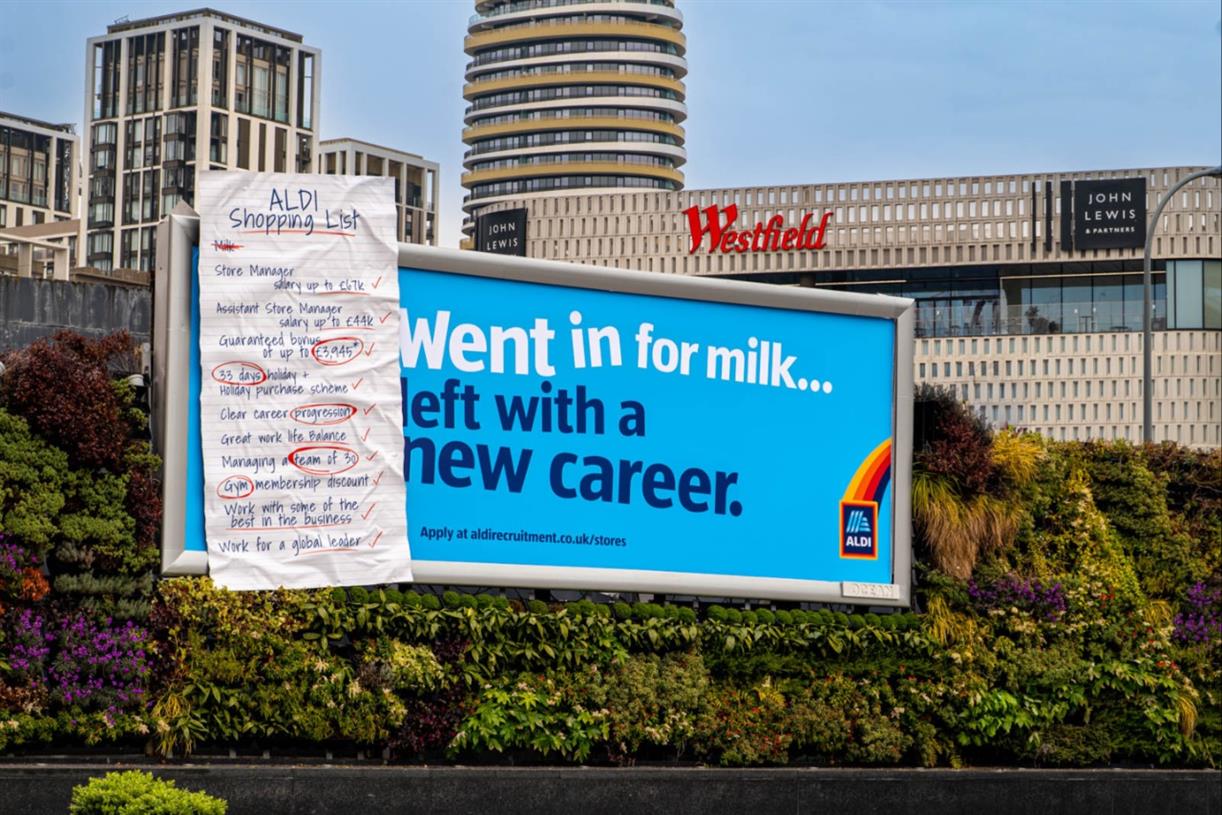























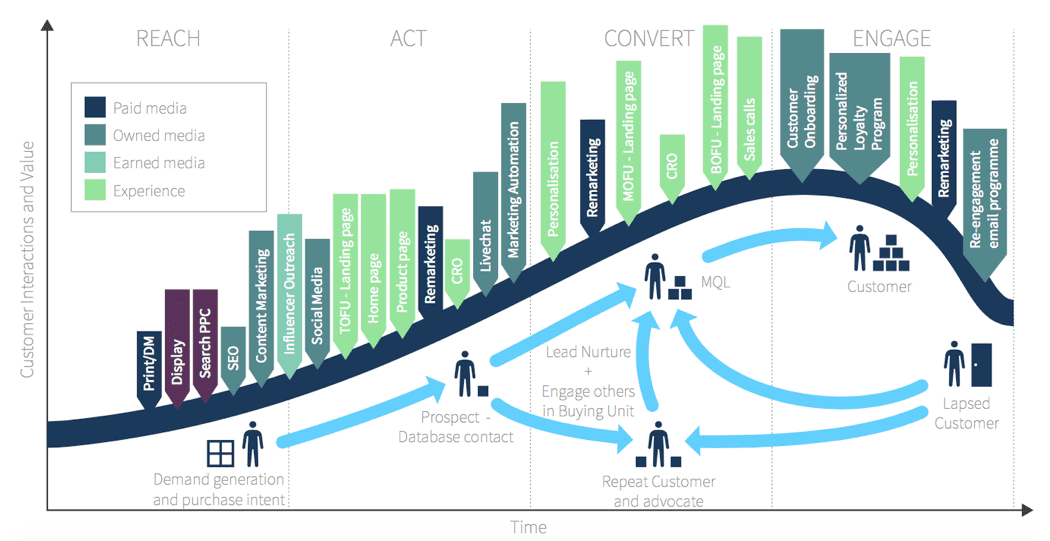

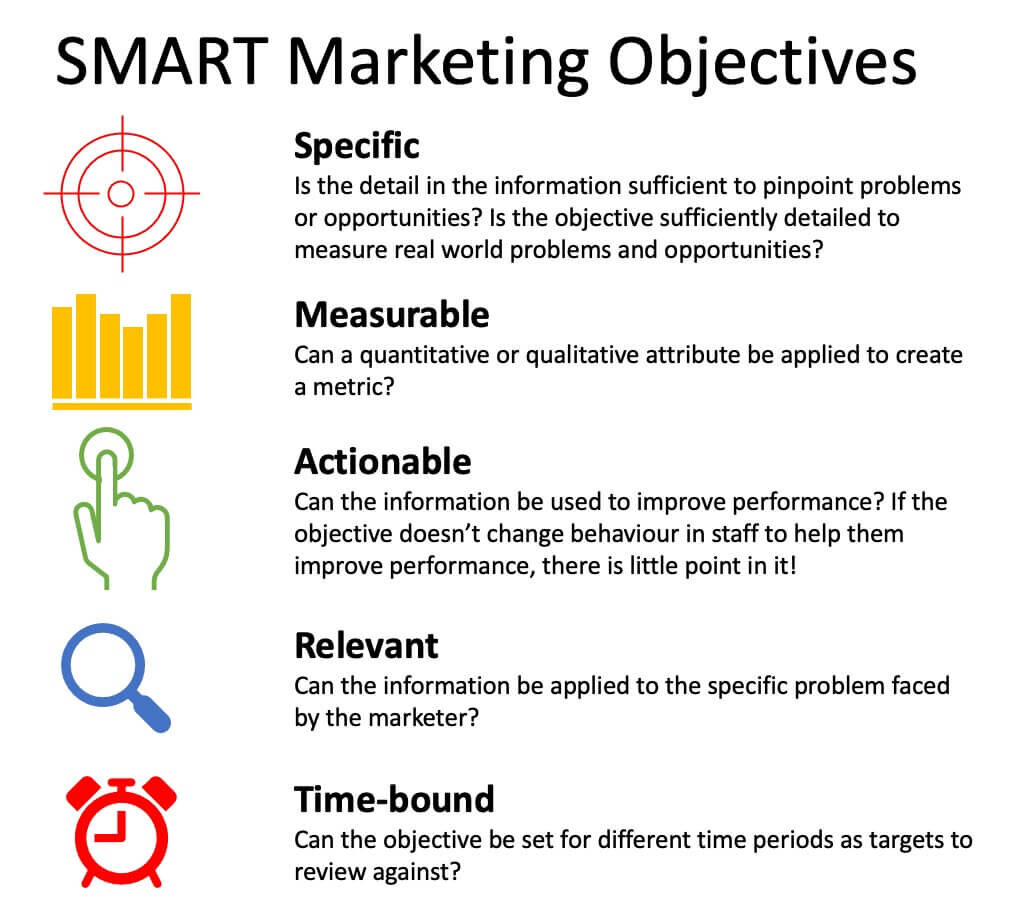
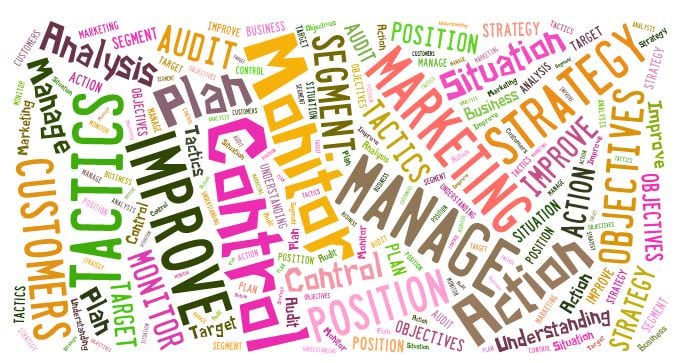








![How Marketers Are Using AI for Writing [Survey]](https://www.growandconvert.com/wp-content/uploads/2025/03/ai-for-writing-1024x682.jpg)





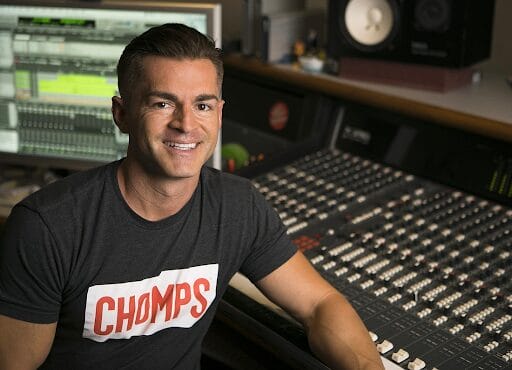










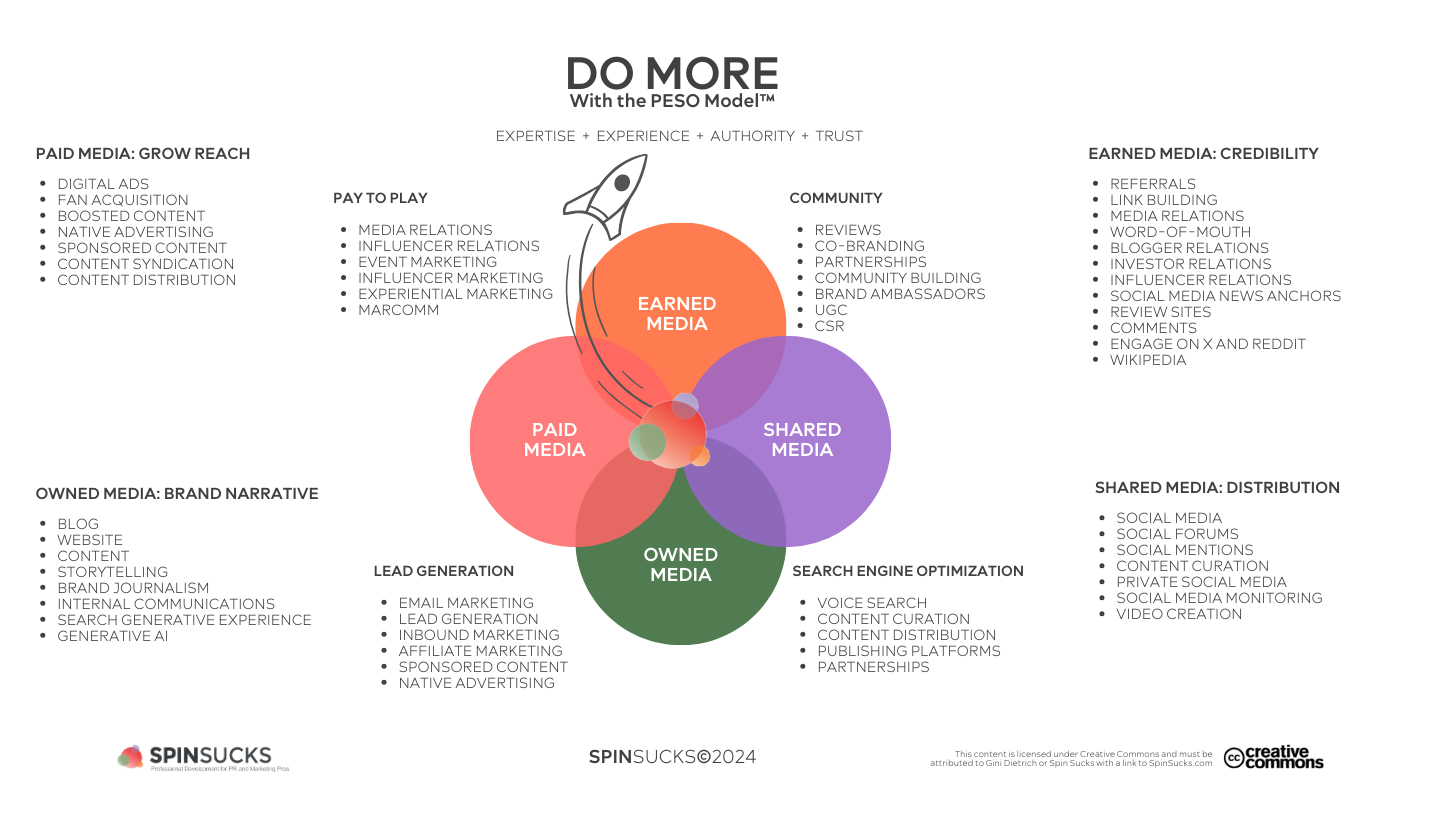
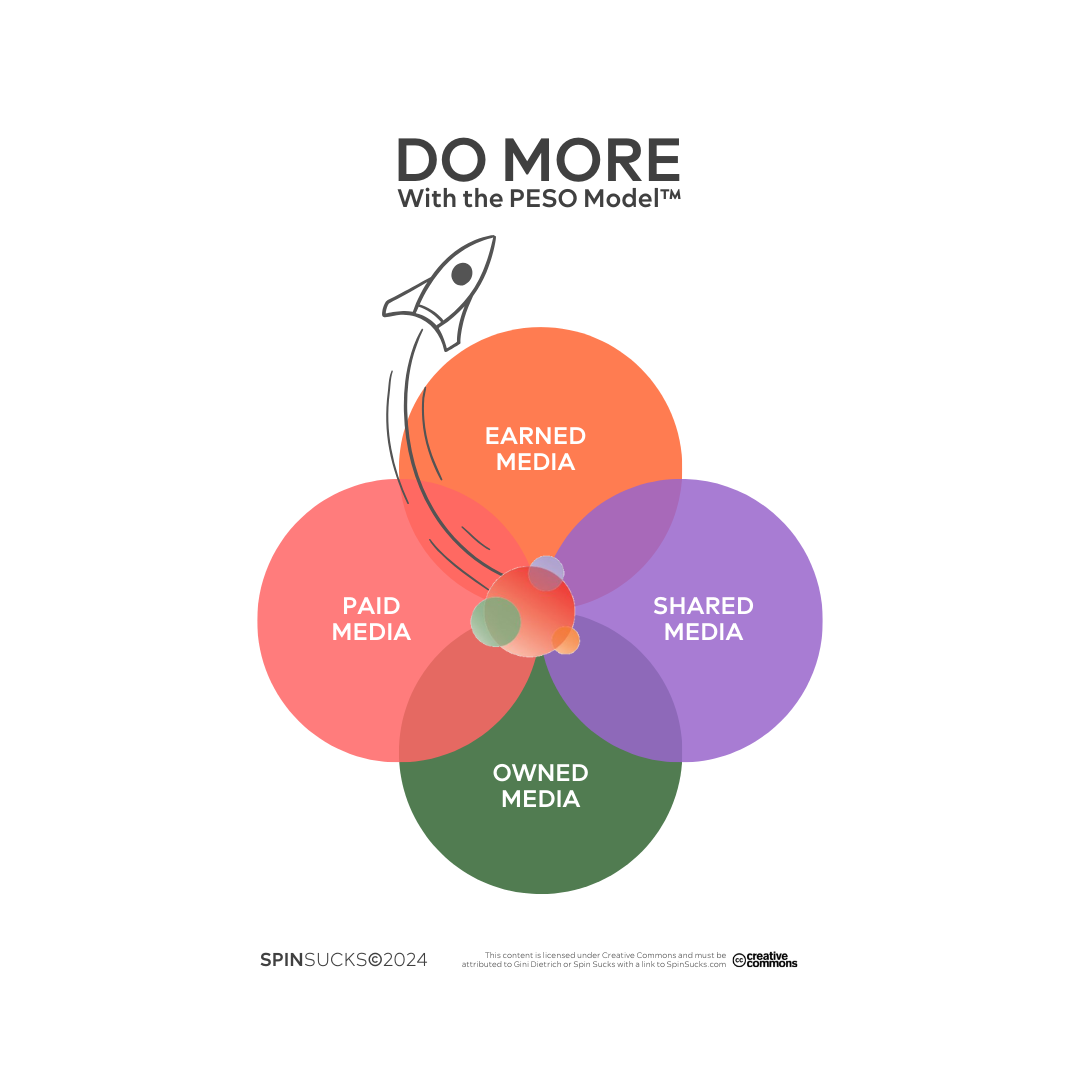



















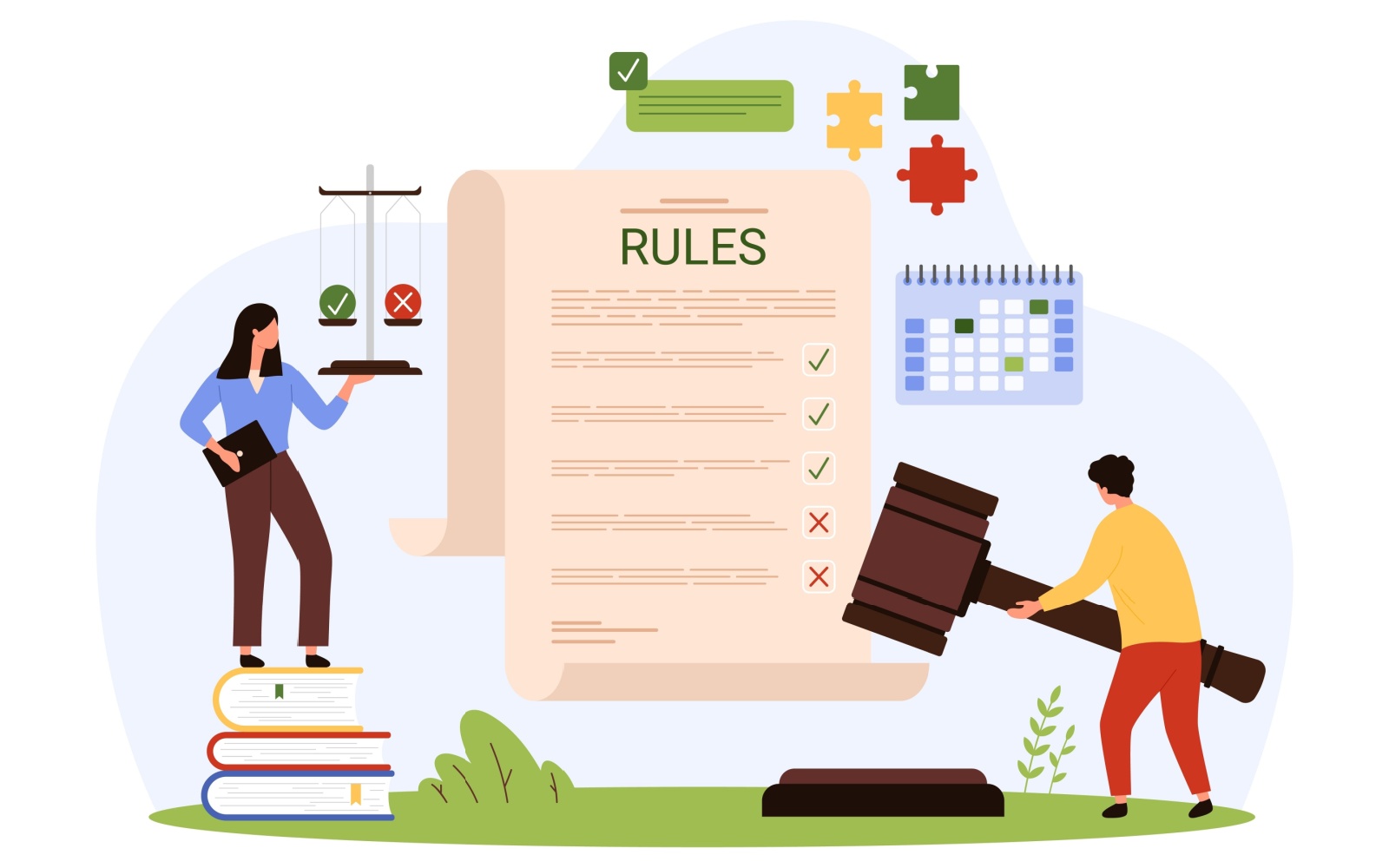












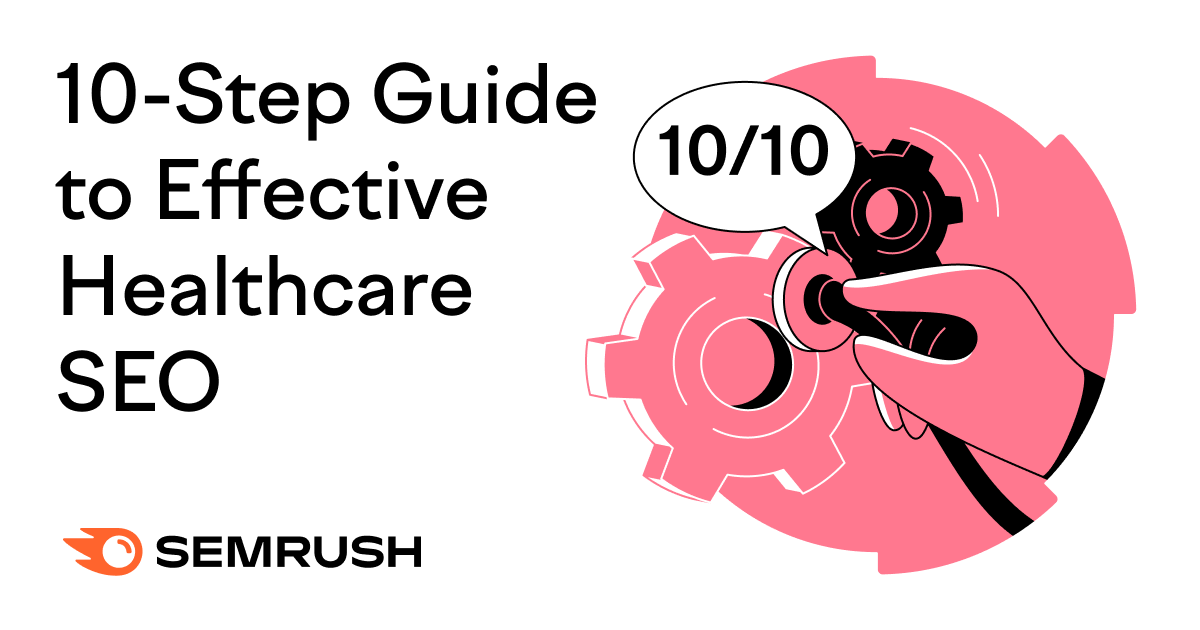



![Here’s Why Integrated Marketing Is So Effective [+ Best Practices]](https://www.hubspot.com/hubfs/Untitled%20design%20%2830%29%20%281%29.jpg)
![How TikTok, Canva, & Other Top Marketing Teams Outperform the Rest [New Data]](https://www.hubspot.com/hubfs/Featured%20Image%20Template%20Backgrounds-1.png)
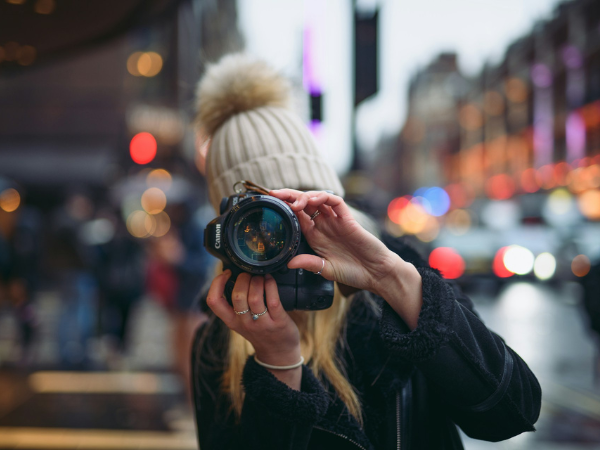
![How Meta Makes its Money [Infographic]](https://imgproxy.divecdn.com/Kn_lAdtd3hjL-g3cebdKw3vQ_uTSMewIOId-plpm62o/g:ce/rs:fit:770:435/Z3M6Ly9kaXZlc2l0ZS1zdG9yYWdlL2RpdmVpbWFnZS9tZXRhX2Fkc18yLnBuZw==.webp)









![311 Instagram caption ideas [plus free caption generator]](https://blog.hootsuite.com/wp-content/uploads/2022/07/instagram-captions-drive-engagement.png)

![How Conversion Funnels Create a Better Customer Journey [+ Tips to Optimize Yours]](https://www.hubspot.com/hubfs/Conversion%20Funnel.png)
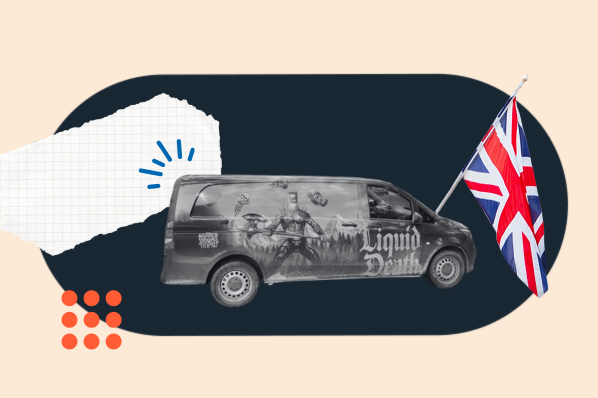




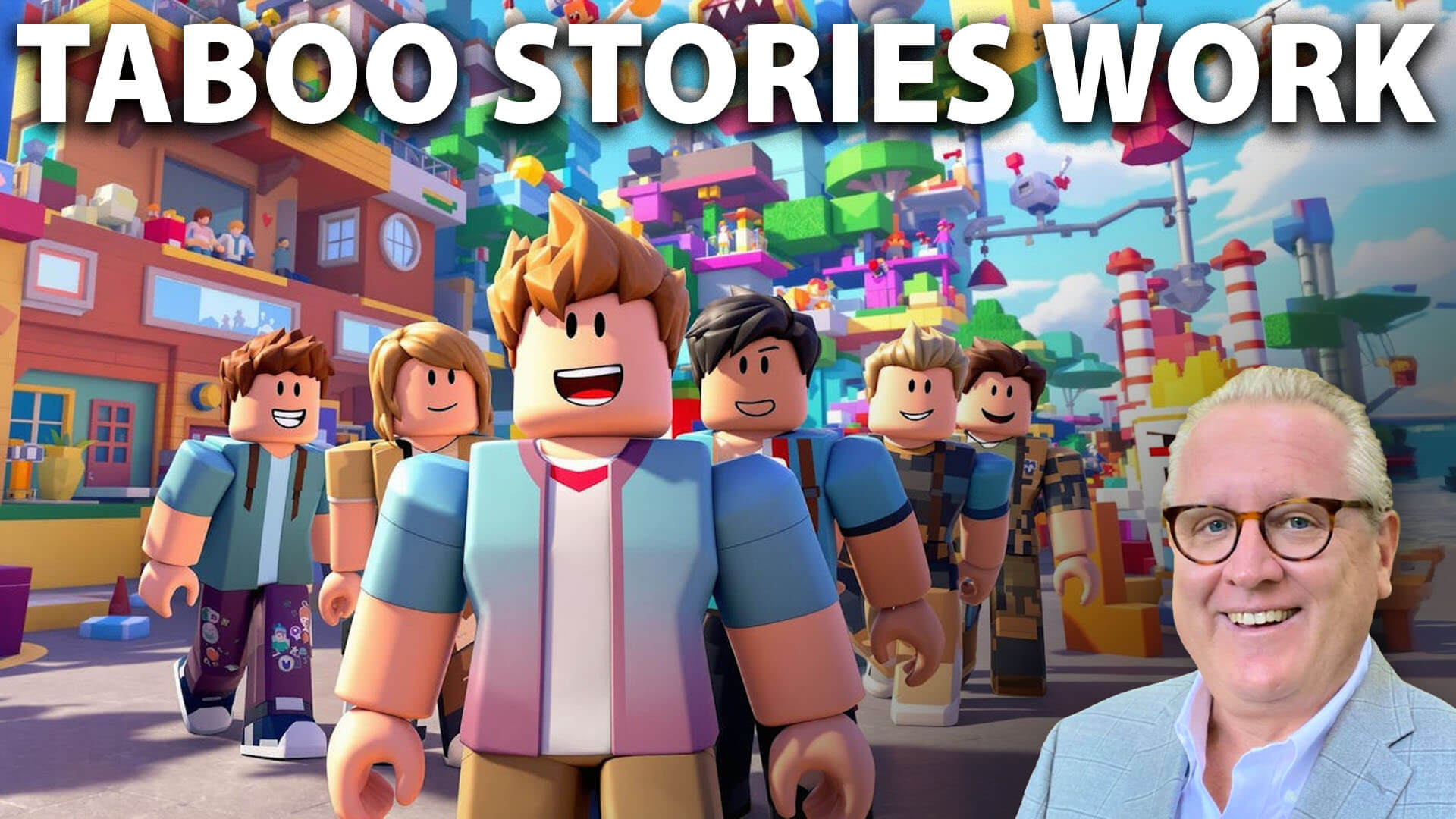

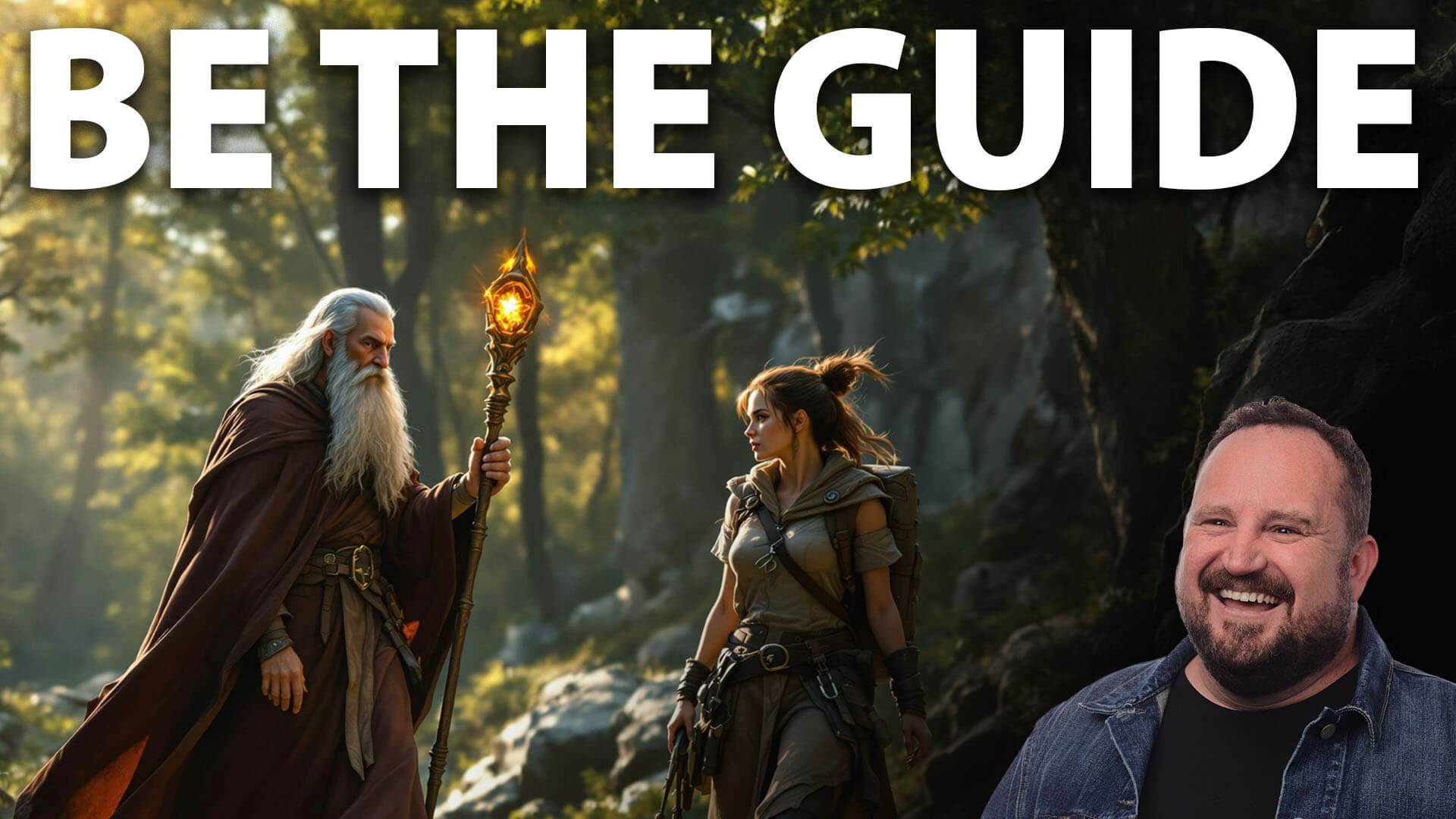








![Best times to post on Facebook in 2025 [Updated March 2025]](https://media.sproutsocial.com/uploads/2024/04/Best-times-to-post_2024_feat-img_fb.jpg)







